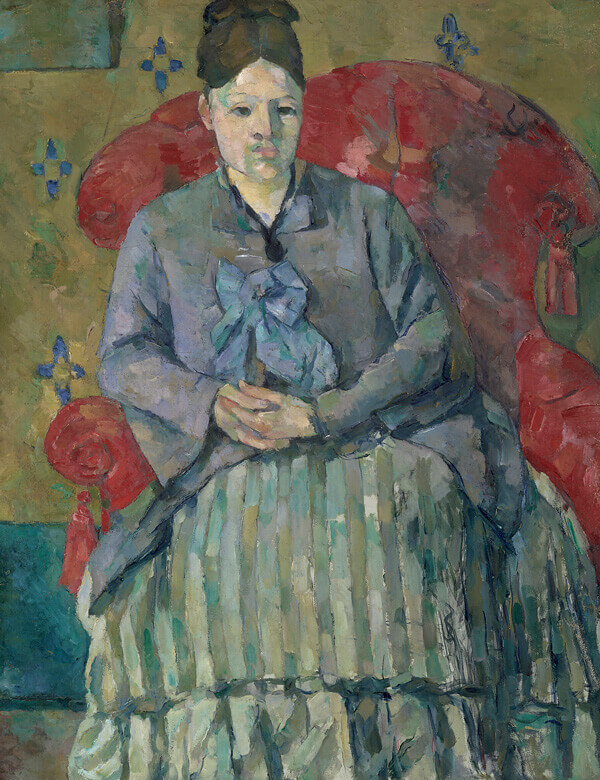Phong Bui interviews John Elderfield, curator of Cézanne Portraits on view at the National Gallery of Art in Washington, D.C. through July 8, 2018.
Elderfield comments: “Cézanne records a face without interpreting. Of course, we will find ourselves interpreting. We do so when we look at the face of someone one on the subway. But what we discover there is inevitably subjective. This is particularly apparent in what critics and art historians have made of the face of Marie-Hortense Fiquet, in the 1886 portrait Madame Cézanne. For example, the Philadelphia Museum portrait of her in a striped dress has been said to show melancholy, mournfulness, shyness, submission, tenderness, and weakness. It is, of course, ambiguous, as are all his painted faces. And, if we do accept that this particular face does convey one (or more) of these emotions, how can we know whether this is what Madame Cézanne is feeling; or whether it is what her husband thinks she must be feeling; or whether he is projecting his own feelings on her. And did Cézanne ask his wife to assume particular expressions when he posed her to be painted? Or did he offer her a means of presenting herself? I don’t think that we can draw a clear line in our viewing of such portraits between the painter’s control and the sitter’s self-presentation. Nonetheless, while all portraits are collaborations, we have to attribute to Cézanne the uncertainties of meaning, or the variety of intimations (whatever we choose to call it), produced by these portraits. Also, such meanings are not delivered solely by facial features. With this portrait, the meaning—the feeling—communicated by the delicately—let us say, lovingly—painted striped dress, qualifies (to say the least) the frequent suggestions that it is a portrait of someone who is miserable.”
